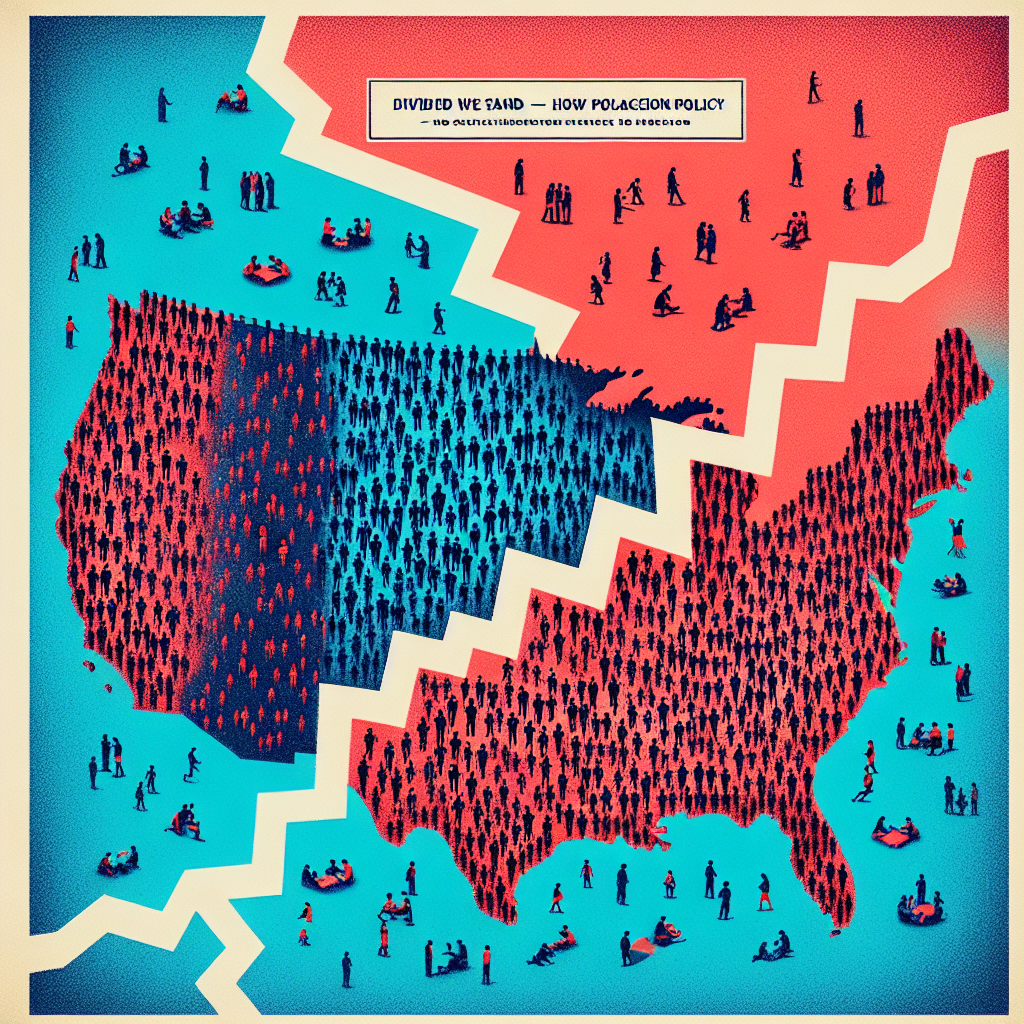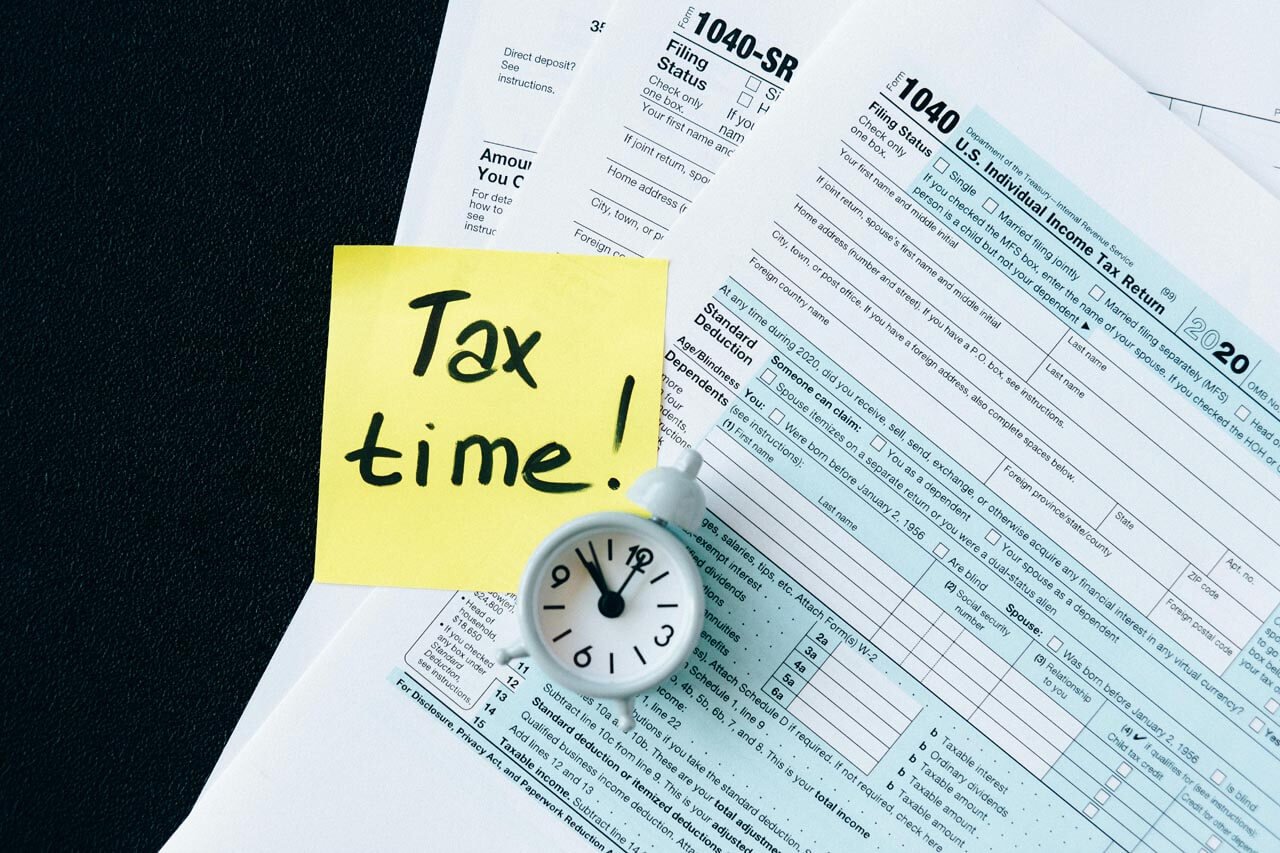Divided We Stand: How Polarization Shapes Policy in the U.S.

Table of Contents
- Understanding Political Polarization
- What Is Polarization?
- Historical Context
- Factors Contributing to Polarization
- Media Influence
- Political Funding and Lobbying
- Social Identity and Community
- Impact of Polarization on Policy-Making
- Legislative Gridlock
- Policy Shifts and Extremism
- Public Distrust
- Bridging the Divide: Pathways Toward Unity
- Promoting Bipartisan Dialogue
- Electoral Reform
- Media Literacy and Engagement
- Conclusion
The political landscape in the United States is increasingly characterized by polarization. This division not only affects social dynamics but also profoundly shapes policy decisions at every level of government. In this article, we will explore the factors contributing to political polarization, its impact on policy-making, and potential pathways toward unity.
Understanding Political Polarization
What Is Polarization?
Polarization refers to the process by which public opinion divides and goes to the extremes. This division manifests in heightened partisan antagonism, where individuals increasingly align with their political parties and move away from moderate positions.
Historical Context
Political polarization in the U.S. has deep historical roots. Significant events, such as the Civil Rights Movement, the Vietnam War, and more recently, the 2008 financial crisis, have catalyzed stark divisions within political parties. As a result, the ideological distance between Democrats and Republicans has grown, affecting legislative negotiations and public sentiment.
Factors Contributing to Polarization
Media Influence
The role of media in polarization cannot be overstated. The advent of the internet and social media platforms has allowed individuals to curate their news consumption, often leading to echo chambers. According to a study by the Pew Research Center, those who primarily get their news from social media are more likely to have polarized views compared to those who consume news from traditional outlets (Pew Research Center).
Political Funding and Lobbying
The increasing influence of money in politics has further entrenched polarization. Political Action Committees (PACs) and Super PACs, often funded by big donors, contribute to ideological extremism by supporting candidates who align with specific agendas. This financial backing often discourages compromise, as legislators are beholden to their contributors rather than their constituents.
Social Identity and Community
Social identity plays a vital role in polarization. Individuals often identify strongly with their political affiliation, leading to a social divide that extends beyond politics. This identity-based loyalty creates environments where individuals are more likely to reject opposing viewpoints, reinforcing the cycle of polarization.
Impact of Polarization on Policy-Making
Legislative Gridlock
One primary outcome of polarization is legislative gridlock. As parties become more ideologically distinct, bipartisan cooperation becomes increasingly rare. This lack of compromise often leads to stalled legislation on critical issues like healthcare, immigration, and climate change. For instance, major policy proposals may be blocked due to partisan disagreements, leading to ineffective governance.
Policy Shifts and Extremism
Policymaking in a polarized environment often swings dramatically between extremes. Each election cycle can result in substantial policy reversals, making it difficult for sustained, long-term progress on important issues. For example, healthcare policy has shifted significantly with changes in administration, exacerbating public confusion and insecurity.
Public Distrust
Polarization cultivates a climate of mistrust among citizens toward government institutions. According to a Gallup Poll, public trust in government has declined significantly over the past few decades, with only 20% of Americans expressing trust in government institutions as of 2021. This distrust can diminish civic engagement, further perpetuating a cycle of disengagement and polarization.
Bridging the Divide: Pathways Toward Unity
Promoting Bipartisan Dialogue
Creating spaces for bipartisan dialogue is crucial in bridging the gap between polarized parties. Initiatives like town hall meetings and community forums, where citizens can express their views and listen to others, can foster mutual understanding.
Electoral Reform
Reforming electoral systems, such as implementing ranked-choice voting or open primaries, may encourage more moderate candidates to run for office. These reforms can reduce the influence of polarizing factions within parties and increase representation for a broader range of viewpoints.
Media Literacy and Engagement
Encouraging media literacy among citizens can help combat the effects of partisan media consumption. By teaching individuals to critically evaluate their news sources and seek diverse perspectives, we can promote a more informed and less polarized public.
Conclusion
Political polarization in the United States deeply impacts policy-making and governance, creating challenges that require dedicated efforts to overcome. By understanding the factors contributing to polarization and actively pursuing methods to bridge divides, there is potential for a more unified approach to governance. Collaboration, transparency, and innovation will be essential as we navigate this complex political landscape.
For further insights into the effects of political polarization, consider exploring our articles on related topics such as The Role of Media in Modern Politics or Understanding Political Engagement in the Digital Age.
By addressing polarization constructively, citizens, policymakers, and leaders alike can work toward creating a more cohesive society capable of effective government action for the common good.
This article provides a comprehensive overview of how polarization shapes policy in the U.S., with a focus on factors contributing to this phenomena and its implications. It aims to inform entrepreneurs, marketers, and the general public about the significance of political unity in effective governance.
Latest Posts
You Might Also Like
Lorem ipsum dolor sit amet, consectetur adipiscing elit. Ut elit tellus, luctus nec ullamcorper mattis, pulvinar dapibus leo.



















No Comments